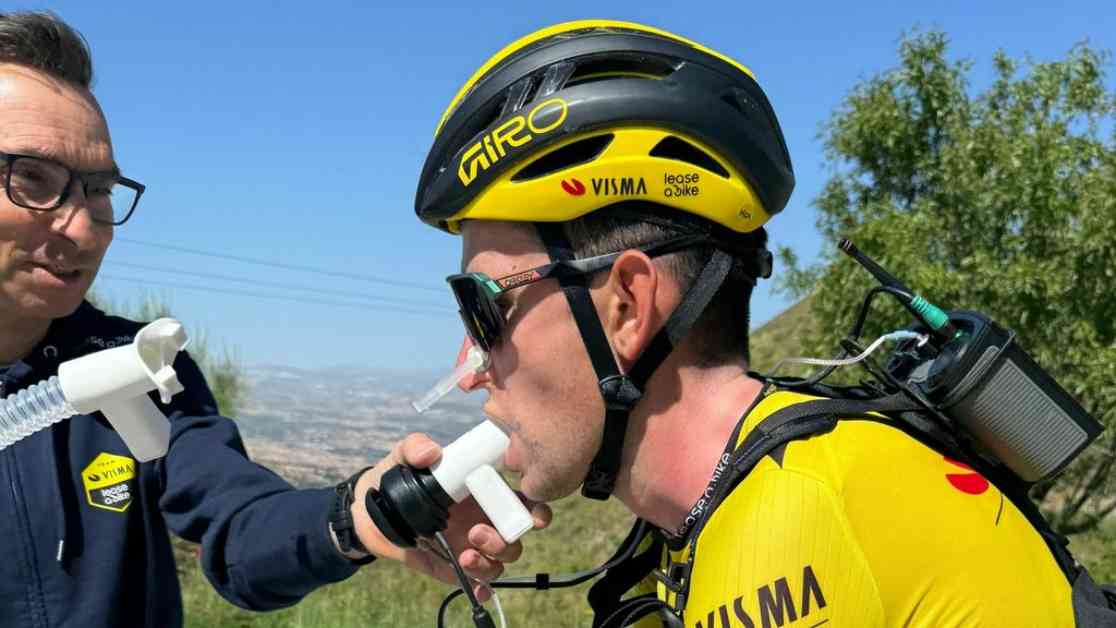Despite years of debate on the cars ‘ bränsledrift constitutes bensinbilarna about half of the Swedish fleet. Each year, there is a slight decrease but it will be a long time before the petrol-powered cars are becoming an endangered species on the Swedish roads.
According to the traffic analysis was sold only in January nearly 9,000 new cars in Sweden, slightly more than the diesel cars. At the same time sold about 1,000 of the electric cars, and as many plug-in hybrids. The goal of a fossil free nybilsflotta to 2030 will require a hefty reprioritisation, both from buyers and from manufacturers.
the DN Engine during the winter of piloting three of the most sold mellanklassuvarna with a petrol engine: Volvo XC 60, VW Tiguan and Mazda CX 5. The result is clear, the running a gasoline-powered suv in this size class is coming up in a fuel consumption that can be compared with a old Volvo 240 from the 1980s. All of the cars pulling up gallon or more per mile despite the fact that the majority of provsträckan passed on the highway. No wonder that most buyers in this category preferred the diesel.
Photo: Hans Olsson
diesel is more harmful than the exhaust from gasoline, there are different opinions about. It is only recently that diesels have received treatment that seems to work also in the real traffic. Previously, emissions of particulate matter and acidifying and harmful nitrogen oxides been a major concern for the diesels. But if a car with a petrol engine draws much more than one with a diesel engine so it is definitely to bensinarens disadvantage from the point of view of climate. Emissions of greenhouse gases is the greater the more the car consumes.
According to the manufacturer places a four-wheel-drive Volvo XC60 D4 of approximately 150 grams of carbon dioxide per kilometer while petrol-powered systermodellen XC60 T5 emits about 170 grams per kilometre.
We start our test drive with the mazda’s between-suv CX-5, which in the original price cost about sek 250,000. The engine is at 194 horsepower and, according to the manufacturer draw 0,71 litres per km at mixed driving. We run Mazdan in just over 100 miles and measuring a real fuel consumption of only 0.86 litres/ km.
prove to to be a decent note compared with the other cars. Volvo’s in many ways amazing XC 60 T5 is a joy to drive, but a nightmare to refuel. According to Volvo will T5:with its 250 horsepower drag between 0,71 and 0,74 liters of petrol per mile in mixed driving. Our listing will be the 1.1 litre/ mile after a långkörning in no way contained some remarkable fuel elements. On the contrary, most of the mile was on the highway. A previous test run showed similar results.
VW Tiguan settles somewhere in between, with a consumption rate of 0.97 gallons per mile in real-world driving. According to the manufacturer it should have stopped at 0,78 litres/km with this motoralternativet at 220 horsepower.
Photo: Hans Olsson
the Cars that DN tested corresponds in many ways to the expectations that a buyer can have on a modern car. Comfort is consistently good, the security is high and the latest technology is elegantly incorporated in the design. But the fuel consumption is a problem. Not only for the real consumption differs sharply from what the manufacturers specify, but also to klimatavtrycket will be much larger than it should be.








